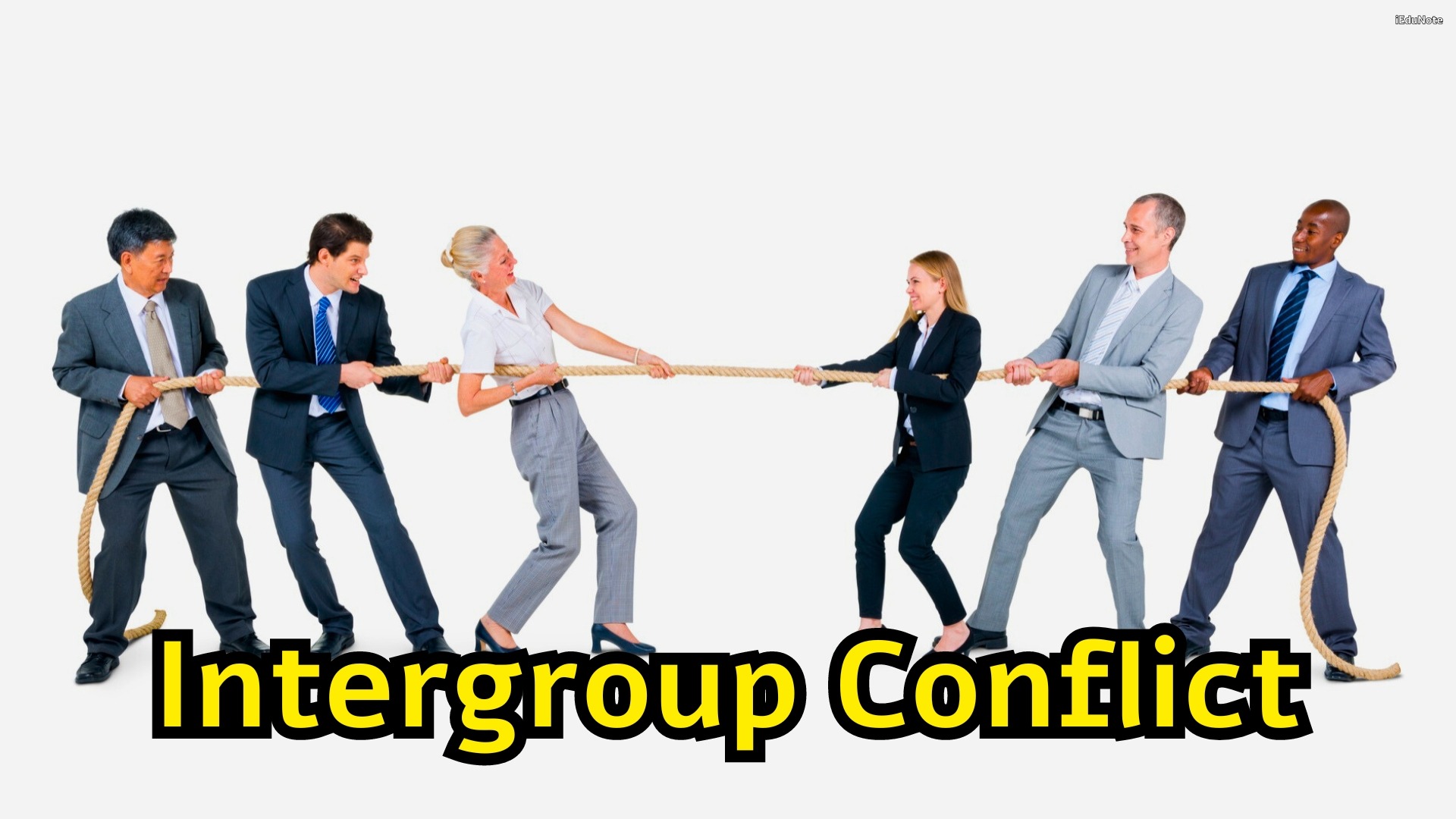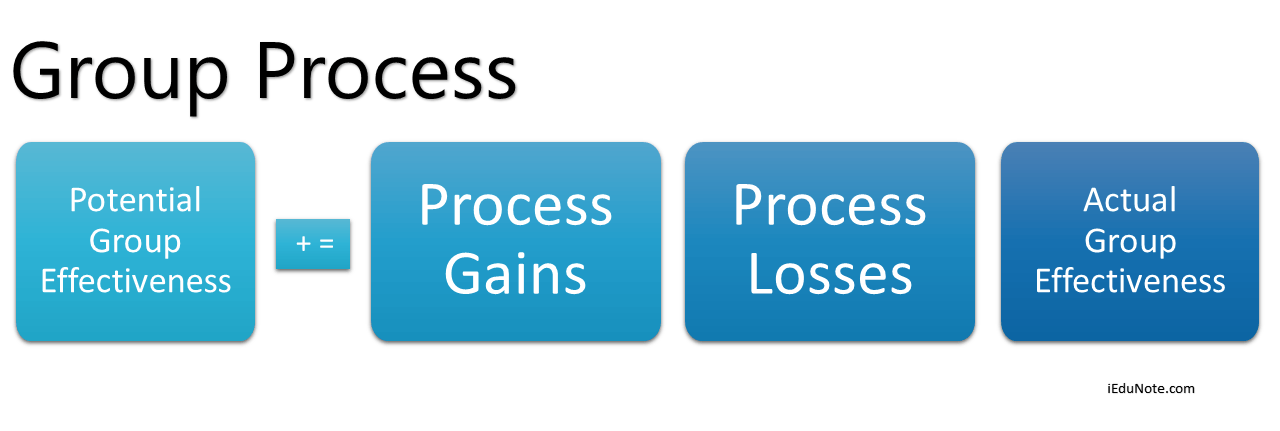The basis of classification is the antecedent conditions that lead to conflict. Conflict may originate from a number of sources, such as tasks, values, goals, and so on.
Organizational conflict may be classified as intraorganizational (i.e., conflict within an organization) or inter-organizational (i.e., conflict between two or more organizations). Intra-organizational conflict may also be classified based on the levels (individual, group, etc.) at which it occurs.
On this basis, intraorganizational conflict may be classified as intrapersonal, interpersonal, intragroup, and intergroup. These four types of conflict may be described as follows:
Intrapersonal Conflict

This type of conflict is also known as intraindividual or intrapsychic conflict. It occurs when an organizational member is required to perform certain tasks and roles that do not match his or her expertise, interests, goals, and values. Various types of intrapersonal or role conflicts are discussed in our article.
Interpersonal Conflict

It refers to conflict between two or more organizational members of the same or different hierarchical levels or units. The studies on superior-subordinate conflict relate to this type of conflict.
The styles of handling interpersonal conflict are discussed in our article.
Intragroup Conflict

This is also known as intradepartmental conflict. It refers to conflict among members of a group or between two or more subgroups within a group in connection with its goals, tasks, procedures, and so on. Such a conflict may also occur as a result of incompatibilities or disagreements between some or all the members of a group and its leaders).
Intergroup Conflict

This is also known as interdepartmental conflict. It refers to conflict between two or more units or groups within an organization. Conflicts between line and staff, production and marketing, and headquarters and field staff are examples of this type of conflict. One special type of intergroup conflict is between labor and management.
Different types of intergroup conflict are discussed in our article.
Conclusion
Conflicts classified by sources can take place at the interpersonal, intragroup, or intergroup levels. In other words, incompatibilities caused by these sources can occur in the context of two individuals, a group, or two groups.
It was indicated in the definition of organizational conflict that conflict may occur within or between social entities. This distinction between conflict within and conflict between social entities depends on a system perspective for a given problem.
The classification of conflict into four types, based on the level of its origin, shows that analysis at different levels may be beneficial depending on the nature of the problem(s).

